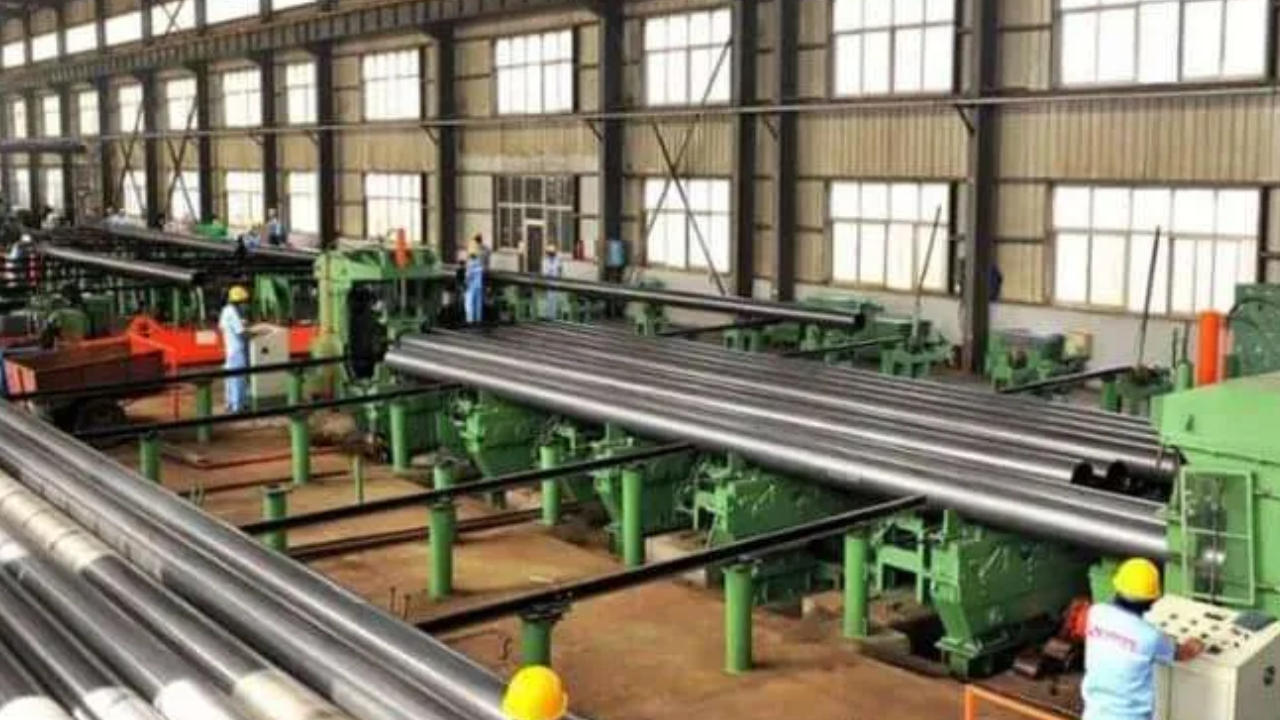Which Common Metals Are Used For Making Hollow Sections?
Hollow sections, also referred to as hollow structural sections (HSS), are imperative components in contemporary engineering and creation. These versatile sections, usually made from metals like carbon steel, aluminum, and copper, serve a myriad of structural purposes across diverse industries. Their hollow profile distinguishes them from solid sections, supplying particular blessings in terms of weight reduction, fabric performance, and layout flexibility.
The importance of hollow sections stems from their capacity to offer efficient structural solutions while minimizing fabric utilization and weight. By using the gap in the phase, hollow sections attain better energy-to-weight ratios as compared to strong sections of equivalent length, making them best for programs where weight reduction is critical, such as aerospace and automobile engineering. Moreover, hollow sections provide versatility in design, permitting engineers to create complex structures with the surest power and stiffness traits.
Moreover, hollow sections facilitate ease of fabrication, transportation, and meeting because of their decreased weight and handling requirements. This interprets cost savings in terms of fabric, labor, and logistics, contributing to average task performance and sustainability. The hollow section plays a critical function in modern engineering with the aid of imparting lightweight, structurally green solutions for a wide variety of packages. Their importance lies in their potential to optimize material utilization and allow revolutionary layout solutions across numerous industries.
Exploration Of Common Metals Used for Making Hollow Sections
This text delves into the residences, applications, and production approaches of hollow sections and the usage of these commonplace metals.
Carbon Metal (CS)
Carbon steel (CS) is the usual preference for making hollow sections due to its electricity, affordability, and flexibility. Comprising often iron and carbon, with trace elements, CS gives robustness and sturdiness, making it ideal for creating load-bearing structures. Its weldability works with consistent integration into complex frameworks, and at the same time, its accessibility and cost viability makes it a favored texture for different design projects, alongside building edges, pipelines, and hardware parts.
Stainless Steel
Stainless steel is esteemed for making hollow sections because of its consumption, resistance, and solidity. Made out of iron, chromium, and different alloying components, SS gives unrivaled power and sturdiness, making it ideal for structural plans, marine projects, and business equipment. Its resistance to rust and marking in harsh environments ensures sturdiness and coffee maintenance requirements, making it a favored choice for structural components in which aesthetics and durability are paramount.
Aluminium
Aluminum (Al) is a preferred material for making hollow sections because of its lightweight nature and high energy-to-weight ratio. Extensively utilized in the aerospace, transportation, and marine industries, aluminum hollow sections provide amazing corrosion resistance and are clean to fabricate. Their low density allows the development of lightweight structures without compromising energy, making them best for applications where weight loss is critical. Moreover, aluminum’s malleability allows for intricate shaping, facilitating innovative design answers in various engineering initiatives.
Copper (Cu)
Copper hollow sections locate niche programs in specialized industries, leveraging their advanced electrical conductivity, thermal performance, and antimicrobial properties. At the same time, as much less commonly used than different metals, copper’s specific attributes make it indispensable in electric and digital systems, heat exchangers, and healthcare facilities. Its aesthetic attraction and potential to inhibit microbial growth similarly decorate its suitability for architectural and medical packages.
Final Words
Hollow sections are important in modern-day engineering and production, providing structural aid, functionality, and aesthetic attraction throughout diverse industries. The selection of steel for hollow section fabrication relies on factors including strength necessities, corrosion resistance, weight concerns, and cost-effectiveness. By using knowledge of the properties and programs of not unusual metals like carbon steel, aluminum, and copper, as well as specialized alloys like titanium and zirconium, engineers and architects can pick the most suitable materials to fulfill their challenges.



Benedict
Benedict loves to travel. He has explored many different cultures, and he loves to try new foods. His favorite pastime is exploring new places, and He always looks forward to his next trip.